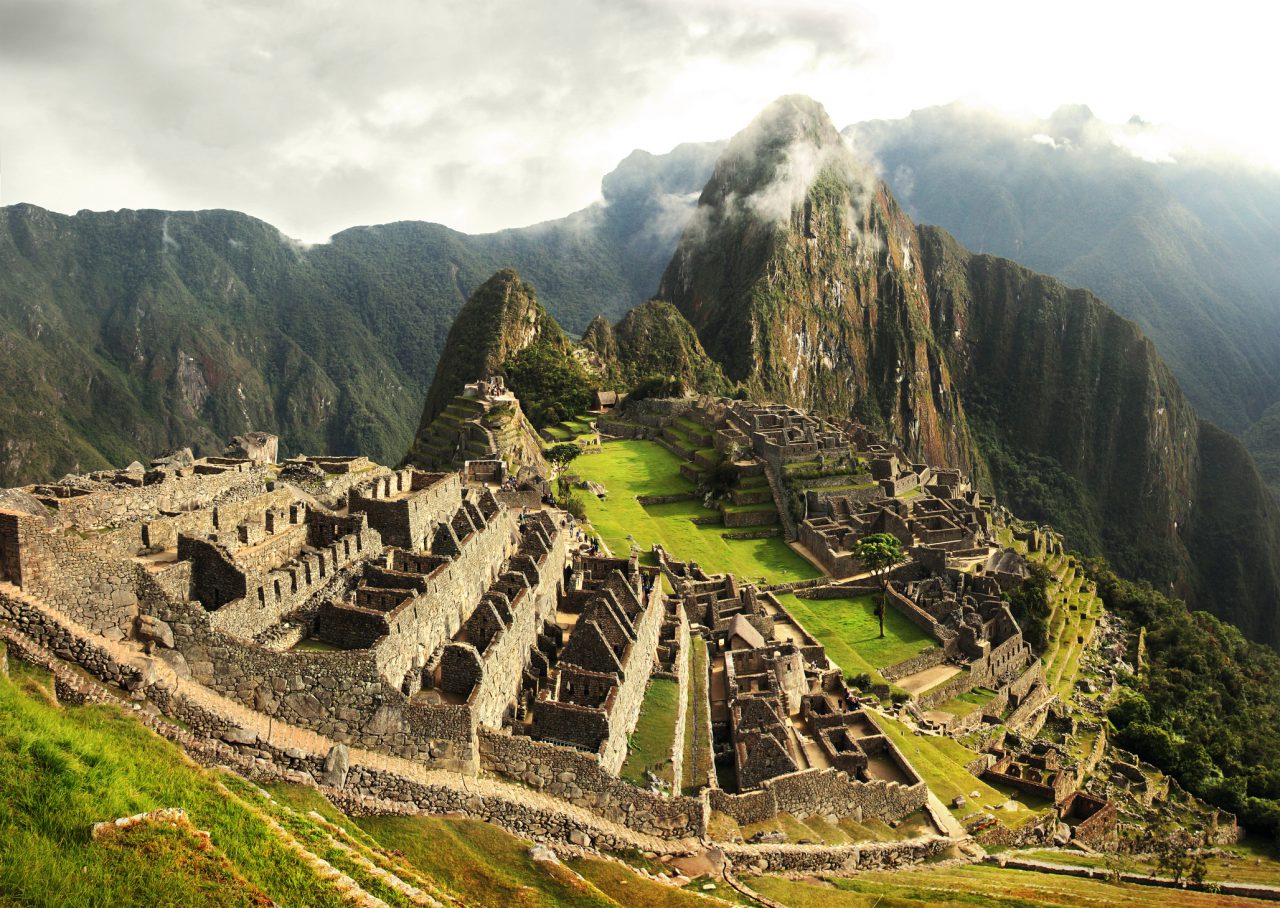In the late 1970s, my husband Mike and I were members of the Paradise Valley Racquet Club. We met interesting couples there with whom we played tennis and socialized. We became very close friends with one of the couples we met.
Suresh was a physician who was born in India; his wife, Trudy, was a vivacious redhead born in Germany. They had two bright and charming children, Miriam and Robert, both of whom I adored.
Suresh was invited to attend a conference of physicians to be held in Lima, Peru. Suresh and his family urged us to accompany them. We jumped at the chance, not only to enjoy the company of our good friends, but to enlarge our experiences of the world.

We had never seen such poverty as we saw in Lima. Children followed us everywhere, begging for a handout. Young mothers sat on blankets cradling their tiny babies, holding their hands out, their eyes entreating pitifully. Our guide warned us not to be too generous or they would tell their friends and we would have no peace. Miriam and Robert could hardly believe what they saw. They had been raised in luxury with private schools, tennis, and riding lessons. They were learning about how others in the world lived. It was an education for us all.
We also got the opportunity to see in the Andes one of the Wonders of the World — Machu Picchu — a city built by ancient Inca tribes on the top of a high, steep mountain.
The Incan civilization began in the 13th century and thrived until they were conquered by the Spanish in 1572. Their religion was centered around the worship of Inti, their sun god. They built Machu Picchu in honor of this god. They mined stones from a quarry at the site, lined them up and shaped them to fit together perfectly, so perfectly that they have remained in place for centuries without the help of mortar.

To be able to visit this ancient city we traveled by bus which spiraled the steep mountain roads. There was a young boy who stood silently by the door of our bus as we boarded. He could have been about 10 or 11 years old. He watched us with sad eyes. We saw him again on the next level of our spiral up the mountain, and we realized that he had run straight up the mountain to wave at us as we turned through the hairpin curves. On the next spiral level, there he was again. He was wearing rubber goulashes. He appeared again every time we made our turn all the way to the top.
After our tour, we boarded our bus and spiraled down. We saw him again, each time we circled the mountain, on the way down. At the bottom, there he was with his hand out as we stepped off the bus. Of course, everyone gave him at least a dollar and smiled at him appreciatively. This enterprising young man must have gone home with what was, to him, a fortune.
We returned to Lima and took some pictures of the city and the natives. Everyone on the street seemed to be carrying bags of wares to sell to the tourists. We noticed that many of the men and women wore distinctive hats with high crowns. These hats, we were told, designated a special status of which they were particularly proud. They were mestizos, which means half-breeds. They walked proudly, aware of their specialness.
The trip was quite an adventure. My husband seemed to enjoy that everyone on the trip assumed that he was a doctor, letting him pretend and enjoy a special status of his own. He gave fleeting thought to changing careers.









